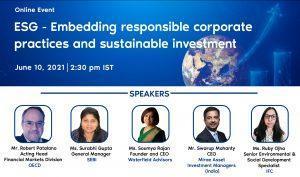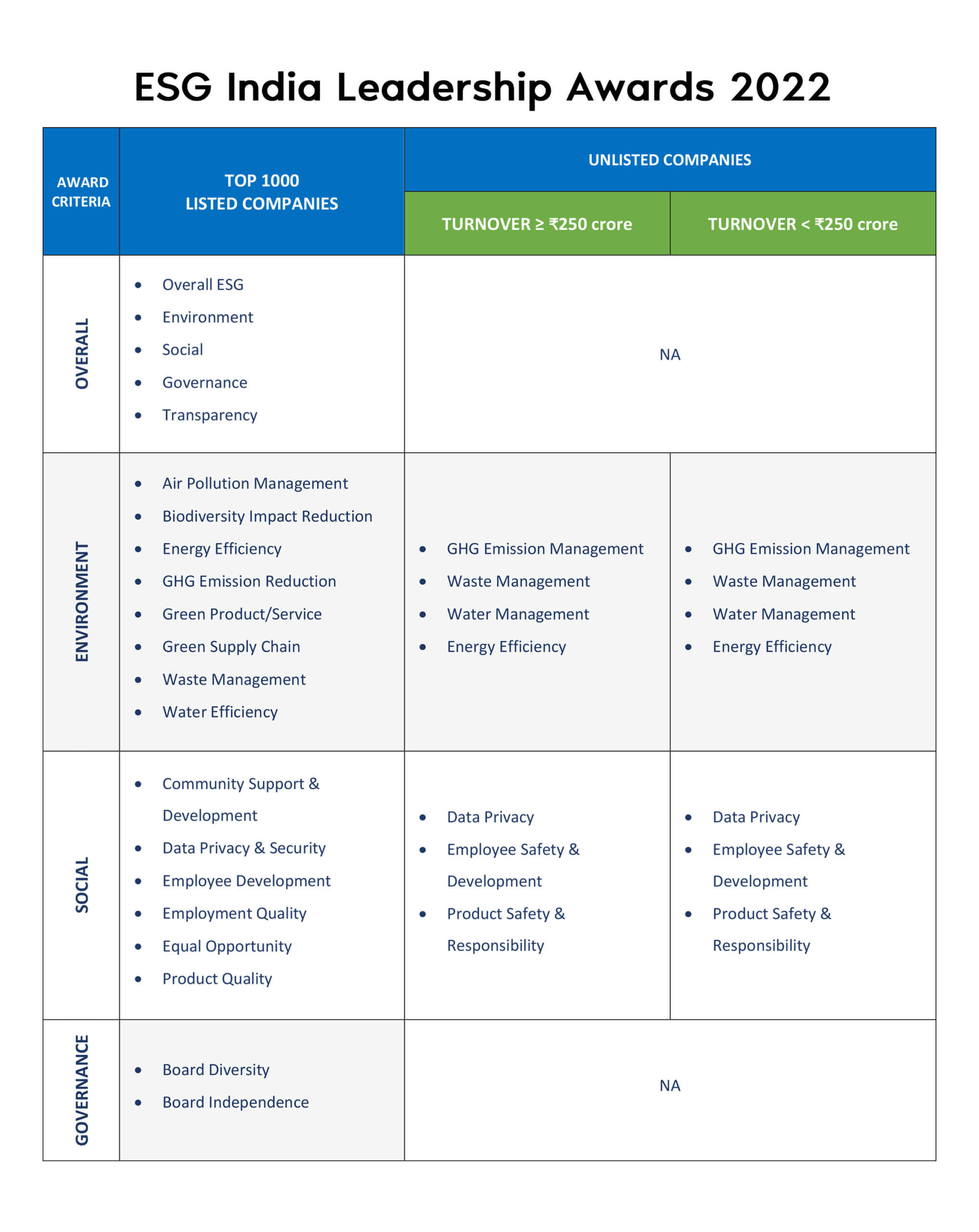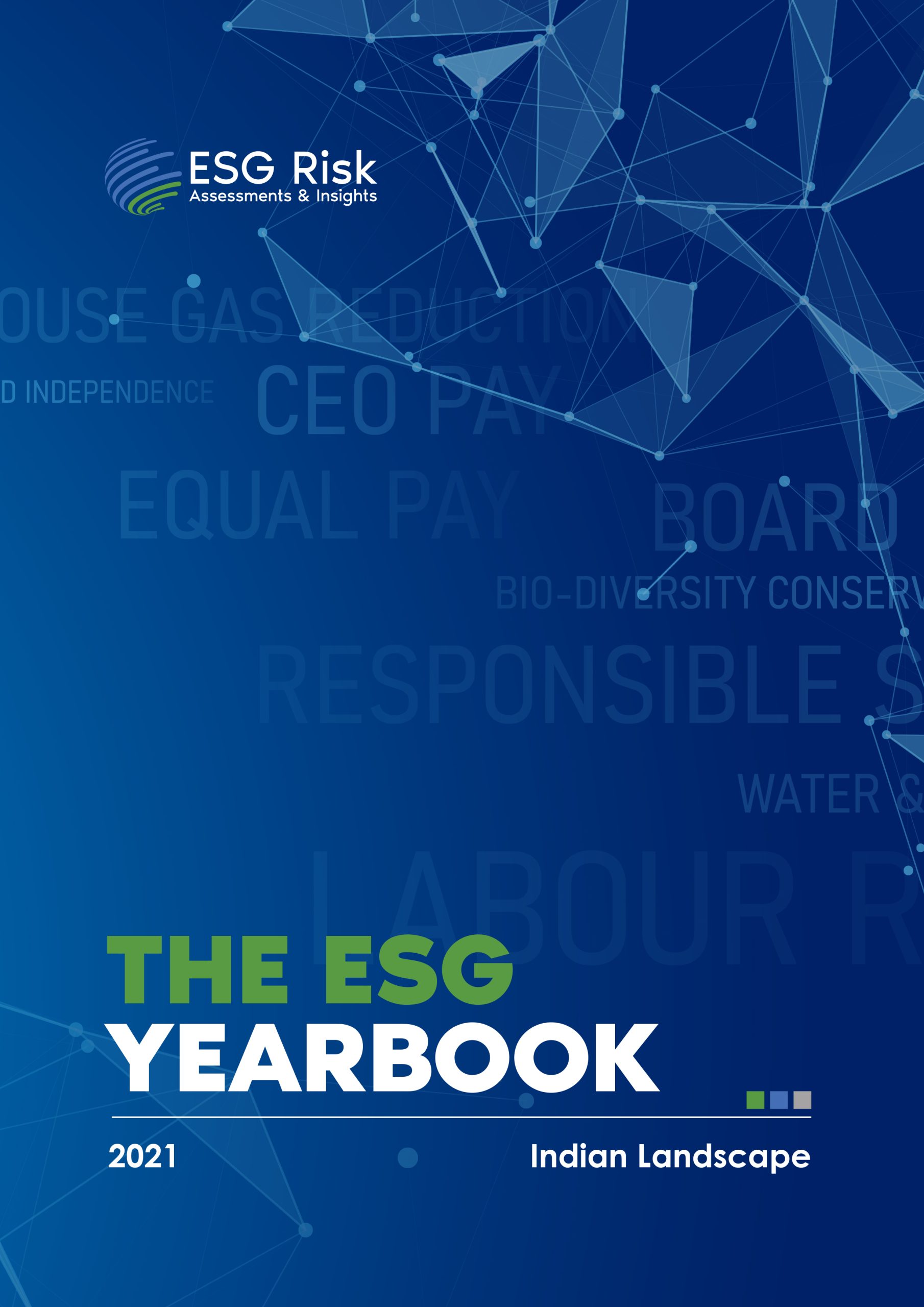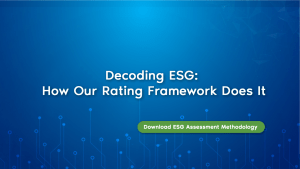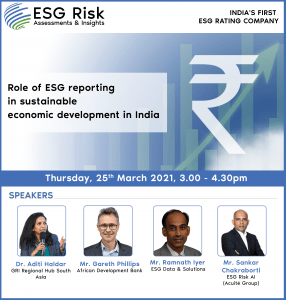Evolution of ESG and why it ceases to be a side story in India
Year 2009. India launches the INS Arihant, its first nuclear submarine, a bright moment in an otherwise dismal scenario. The IMF predicts a global recession with negative growth of 1.3% for world GDP. The effects of the Great Recession that started in 2008 have cascaded into the following year and crippled the economy. Job cuts and home foreclosures become regular headlines. A poll calls 2009 ‘lousy’.
Looking back though, it also held the promise of a new awakening as Environmental, Social, and Governance reporting commenced that year. Since then, the ESG reporting framework has undergone a transition from Business Responsibility Reporting (BRR) to the recently-introduced Business Responsibility and Sustainability Report (BRSR), mandated by SEBI.
So, where did it all start? Records indicate that the United Nations Environment Programme Initiative was the first group to coin the phrase ESG in its Freshfields Report in October 2005. According to another version, the term was introduced in a 2004 UN white paper, Who Cares Wins.
ESG has gradually started seeping into India’s consciousness. Gone are the days when Indian investors, indifferent to sustainability concerns, would care only about dividends and profits. They are demanding more accountability from corporate houses. They are asking questions like ‘Are organisations sincere about honouring the values of the triple bottom line (people planet, and profits) to deliver substantial risk-adjusted returns in the long term’?
An analysis published by the Times of India says, “Based on an EY report, 90% of international investors looked for a company’s ESG performance, and 86% brought corporate decarbonisation to the priority in their investment checklists.”
For businesses, ESG wasn’t the means to pacify investors and gain their confidence. They realised ESG gave them a competitive edge over rivals. Positive environmental measures in the form of low energy consumption, waste treatment, water conservation, use of recycled materials, making energy-efficient upgrades, and going green led to cost reductions and economical energy bills.
On the social front, a company’s values on socioeconomic issues, community engagement and ethical supply-chain practices strengthened its brand identity.
Board and management structures and auditing and compliance issues comprise the governance segment of ESG. A solid management structure ensures ethical business practices and a strong governance can provide the organisation with a larger access to funds, thereby enabling it to grow. Essentially, a strong governance proposition creates huge value for the business, attracts investors, and retains top talent.
How has ESG shaped up so far in India?
ESG in India, as rightly averred by the TOI report, is still in its infancy. Only 25 out of 5,180 investors, it says, are signatories of the United Nations Principles of Responsible Investing (UNPRI). Yet, pension funds, sovereign wealth funds, private equity funds, and global asset managers are pumping capital into green businesses.
Furthermore, it highlights:
- RBI has associated itself with the Network for Greening the Financial System (NGFS) to contribute to global green finance.
- Many large global investors already have strong ESG policies.
- Indian companies stand to lose Rs 7,138 billion on account of climate-related risks in the next five years if they ignore ESG frameworks.
Pointing to recent government initiatives, Sankar Chakraborti, Chairman of ESGrisk.ai & Group CEO Acuité, in an interview with Indiainfoline.com, said, “It is a laudable move on the part of the Indian Government to finalise 13 activities for carbon trading. The government has essentially outlined a long-term policy outlook and has welcomed investment in particular technologies and activities. Carbon markets offer a viable solution to companies who struggle organically to reduce their net emissions and support green initiatives. This initiative will allow companies to meet sustainability objectives while also funding carbon reduction and capture projects, boosting capital flow to such critical initiatives. Consequently, India will receive investments in high-tech fields where it has limited expertise. Additionally, with the assured carbon revenue, it will encourage investors and businesses to invest in promoting these low-carbon technologies.”
Why ESG investors should be upbeat…
With ESG consciousness growing in the key sectors, the ESG investment scenario too has gained impetus in India, says the Financial Express. A section of a recent article reads, “By 2026, the projected global assets under management (AuM) of ESG-related investments are expected to reach $33.9T whereas in the Indian context, over 64% of investors are anticipated to increase their exposure to sustainable funds this year. This is despite the massive accusations of greenwashing in the country.”
It adds, “The framework for Sovereign Green Bonds approved in November 2022 is also another landmark move focussed towards encouraging green investments in the country.”
Meanwhile, SEBI has proposed allowing ESG mutual funds to introduce five fresh categories called:
Exclusions
Integration
Impact investing
Sustainable objectives
Best-in-class and positive screening

Exclusions
Integration
Impact investing
Sustainable objectives
Best-in-class and positive screening
It’s proposed that ESG schemes under the new category should be permitted with a minimum 80% investment of total assets in equity or debt stocks of a particular theme as per the sub-categories. Additionally, SEBI mandates that the residual portion of the investment should not be in complete contrast to the philosophy of the scheme.
Further, SEBI has allowed fund houses to launch more than one ESG scheme. As of now, there are 10 ESG funds in the Indian market (Source: cnbctv18.com). Seven of the 10 ESG funds in India were launched after 2020, the peak of the pandemic, according to Mint.
Where ESGRisk.ai comes in…
The challenges faced by ESG investments in India are absence of strong measurement standards, quality data, and assessment models to analyse a business’ risks beyond conventional, business, and financial performance. It explains why ESG ratings conducted by ESGRisk.ai, India’s first ESG rating provider, empanelled with AMFI, has gained credibility among investors. An ESG rating system provides policymakers and lenders with a mechanism to reward high-performing companies and helps investors in identifying sustainable business opportunities.
ESGRisk.ai’s methodology is founded on the principle that since businesses are exposed to different risks, the ESG evaluation must be done in a structured manner. Each indicator about risk exposure and management should be aggregated to evaluate performance.
With an industry-specific granular approach, its assessments are based on thorough data that gives the evaluation model all necessary inputs. Businesses have access to the data for validation. ESGRisk.ai’s team of analysts, specifically trained for ESG-risk assessments, evaluates a firm’s ESG scores with that of industry peers to assess relative performance and assign the rating.
ESGRisk.ai’s ratings are not a one-time endeavour. ESGRisk.ai ensures that the data is in sync with new disclosures. It also monitors negative news and corporate events.
With more people considering the impact of sustainability as a critical component of investment decisions, ESG-themed funds should only grow from hereon, with ESGRisk.ai serving as the guidebook.

